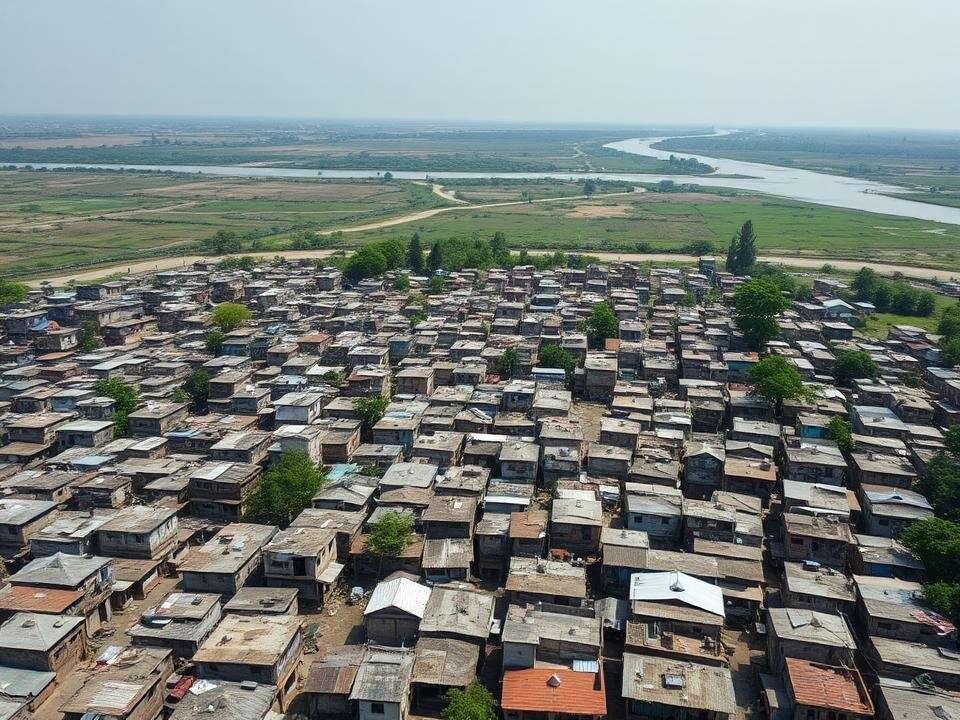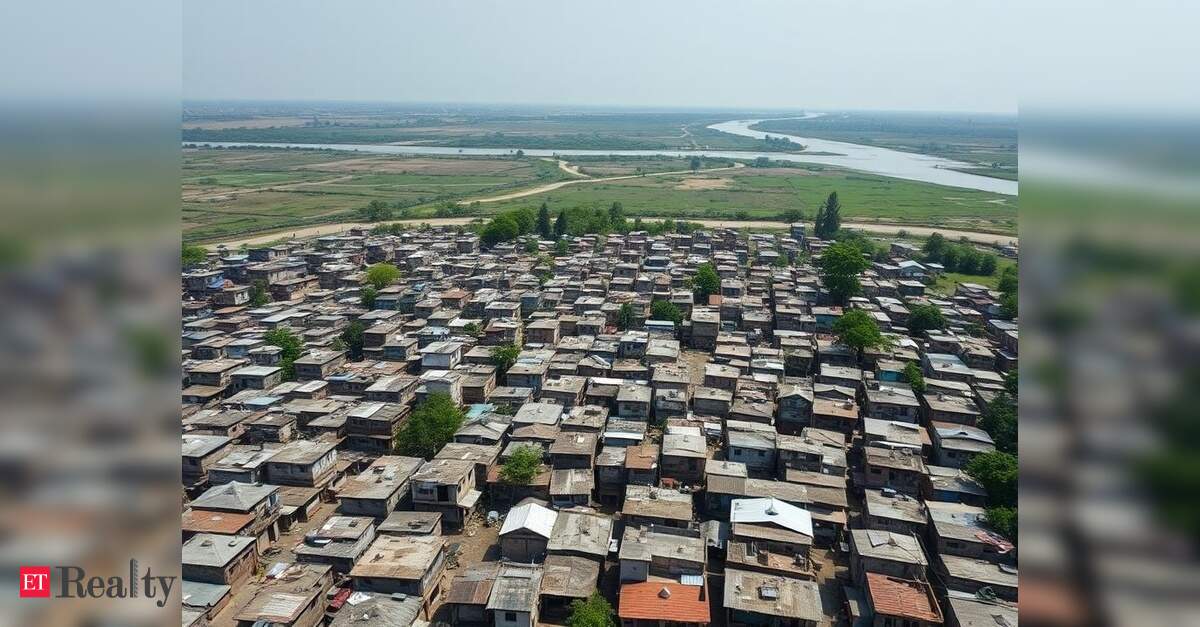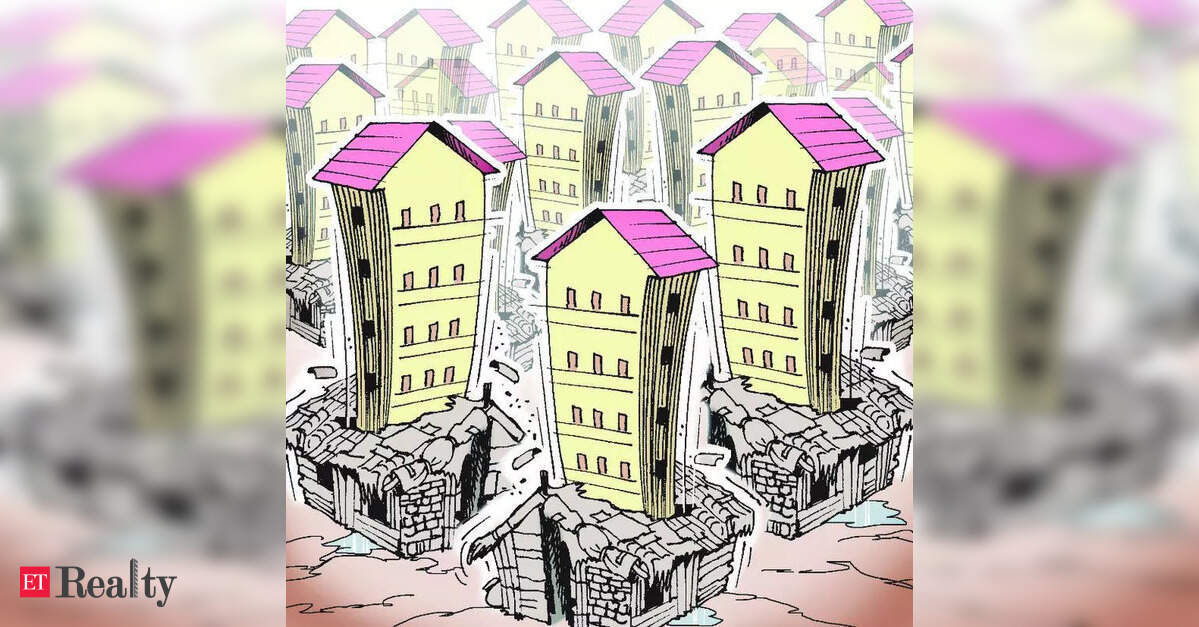
GHAZIABAD: The Ghaziabad Development Authority (GDA) has identified 351 colonies established illegally, spanning approximately 3,000 acres in the city. Authorities urge potential buyers to avoid investing in these colonies, which have proliferated over the past 35 to 40 years, with many arising in the last decade. The number of illegal colonies noted in 2021 was 321, with 30 additional colonies identified since then.
A significant issue with these colonies is that buyers, often unaware of their legality, invest in properties there, with middlemen and land sharks playing a substantial role.
“We have made the names of these colonies public, and we advise against investing in them,” stated a GDA official. “There is a misconception among buyers that registry in these colonies confers legal status. While we cannot impose a blanket ban on registries in illegal colonies due to the Registration Manual’s limitations, we must clarify this misunderstanding.”
The Registration Manual’s Clause 241 emphasizes that registering officers are not accountable for the validity of documents presented for registration and should not refuse to register based on such grounds.
Currently, 351 illegal colonies occupy 2,944 acres of land. For example, the New Karhera colony stretches over 250 acres on the floodplains of the Hindon River, which was severely affected by flooding in 2023, remaining underwater for about two weeks.
Loni is another region with numerous illegal colonies. “In the Loni Ailyabad area, 43 illegal colonies cover 43 acres. Sikhrani has two patches of illegal colonies measuring 38 acres and 25 acres, while Pavi Sadipur and Mirpur Hindu contain illegal colonies spanning 137 acres and 97 acres, respectively,” the official reported.
In response to the proliferation of illegal colonies, the GDA has been conducting demolitions nearly every day under the provisions of the Uttar Pradesh Urban Planning and Development Ordinance of 1973, despite strong local opposition. “This has somewhat helped control illegal colony growth, but many have existed for the last 35 to 40 years, making it a legacy issue. Addressing these colonies is challenging,” he added.
Furthermore, the development authority is developing an Artificial Intelligence-enabled system to detect illegal construction and help monitor the expansion of illegal colonies in the district.




